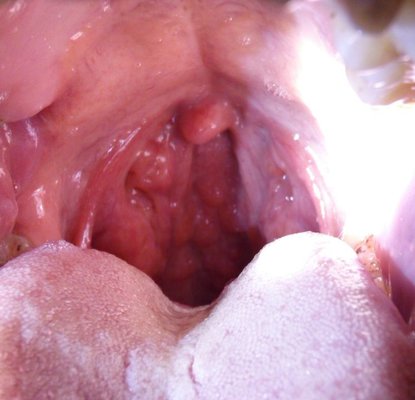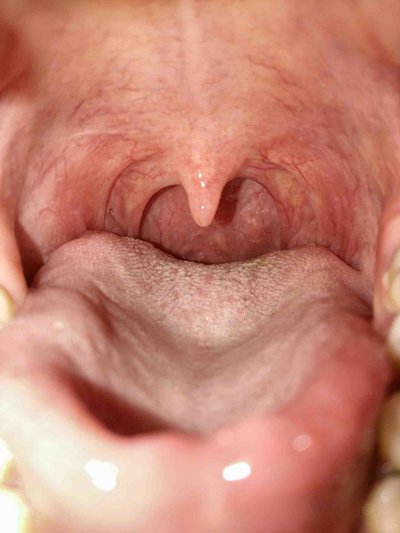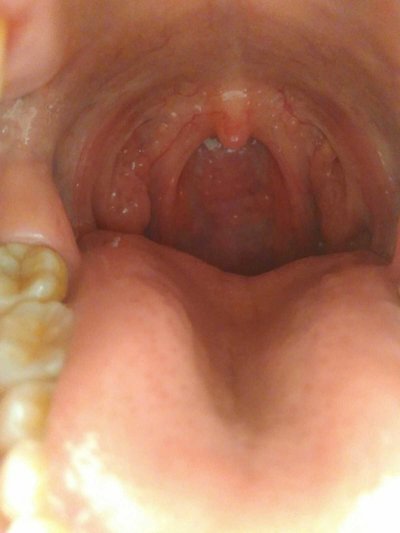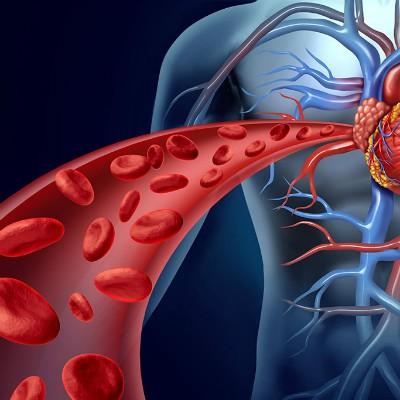Symptoms of upper respiratory tract infection?
summary
Upper respiratory tract infection is a common disease in children, that is, the common cold. Refers to the upper respiratory tract of the nose, pharynx and throat of respiratory tract inflammation, clinical diagnosis of "acute tonsillitis", "acute pharyngitis", "acute nasopharyngitis" are Shanggan. The disease occurs in all seasons of the year, but it occurs more frequently in winter and spring. It is most common in children. It often occurs several times a year, and the symptoms vary in severity. Let's share the symptoms of lower and upper respiratory tract infection
Symptoms of upper respiratory tract infection?
The incubation period is 1-3 days, which varies with the virus. Enterovirus is short, adenovirus and respiratory syncytial virus are long. The main manifestations are nasal symptoms, such as sneezing, nasal congestion, runny nose, cough, dry throat, itching or burning sensation, and even postnasal drip. At the same time or a few hours after the onset of symptoms such as sneezing, nasal congestion, runny nose and so on.

After 2-3 days, the nasal mucus became thick, often accompanied by sore throat, tears, hypoesthesia, dyspnea, hoarseness, etc. Generally no fever and systemic symptoms, or only low fever, discomfort, mild chills, headache. Physical examination showed nasal mucosa congestion, edema, secretions, pharyngeal mild congestion.

Acute viral pharyngitis is caused by rhinovirus, adenovirus, enterovirus and respiratory syncytial virus. The clinical features were itching or burning sensation in the pharynx, cough was rare, and sore throat was not obvious. When swallowing pain, often prompt streptococcus infection. Adenovirus infection may have fever and fatigue. Adenovirus pharyngitis may be accompanied by conjunctivitis. Physical examination showed obvious congestion and edema of pharynx, swelling and tenderness of submandibular lymph nodes.

matters needing attention
① Pay attention to rest. Reduce activity and stay in bed when fever occurs. Pay attention to keep warm, drink more water, easy to digest, less greasy, multi vitamin soft food. ② Antipyretic and analgesic drugs can be taken in case of fever, headache and general pain. High fever can also be physical cooling. ③ Nasal congestion, runny nose, sneezing, oral Kangtaike, twice a day. The person that affects breath, sleep and appetite can use drop nose net to wait, make nasal mucous membrane blood vessel constricts, nasal cavity is ventilated. ④ Patients with sore throat can take "yanhouxiaoyan pill", "Liushen Pill" or "yanhouyan syrup" orally. ⑤ Patients with secondary infection can choose appropriate antibiotics orally, intramuscularly or intravenously under the guidance of doctors. ⑥ Chinese herbal medicine has good curative effect on acute upper respiratory tract infection. The commonly used patent medicines are Yinqiao Jiedu pill, Banlangen Granule and Lingqiao Jiedu tablet. ⑦ Close observation of disease changes, because Shanggan is the precursor of many diseases, if there are repeated vomiting, irritability, drowsiness, pale complexion, diarrhea and other symptoms, should be timely medical treatment.
















